Once we debunk our current dogmatic understanding of how genes and living systems work, we will fundamentally change the view of ourselves and our place in nature, writes Denis Noble.
A debate organised by the IAI at HowTheLightGetsIn festival five years ago used the title “The Emperor’s New Genes” as a play on the old story about the tailors who made new clothes of the finest silk for the Emperor in which to display his prowess. Eventually, the silk they used was so fine that it was indeed a transparent “see-through” gown. It took a small boy in the crowd to shout out “the Emperor has no clothes!”
The central point of my contribution to the debate was a statement I had made in a new book called Dance to the Tune of Life: Biological Relativity, where I wrote “there is no gene for anything!” Not surprisingly, this shocked some in the audience brought up on Richard Dawkins’ book The Selfish Gene, where he states that “they [genes] made us body and mind.”
Dawkins also writes of DNA that it faithfully replicates like a crystal: “This is how crystals are formed”. This is the basis of his distinction between “immortal” genes as the “replicators” and the “mortal” body that conveys them to the next generation. One way of explaining why there are no genes for anything is to show that those statements are incorrect: they are the illusions of modern evolutionary biology.
How DNA replicates
The idea that DNA copies itself in the way in which a crystal grows originates with the quantum mechanics pioneer Erwin Schrödinger in his 1942 book What is Life? It seemed so plausible that the idea was developed further when Watson and Crick discovered the Double Helix. This led to Crick’s famous Central Dogma of molecular biology, and to the idea of one-way causation from genes to proteins to cells, tissues, organs, all the way up to the whole body.
Crystals grow by each molecule inserting itself into the lattice structure formed by the existing crystal. This chemical process is automatic. Many schoolchildren will have grown crystals in their chemistry classes and see it all happen.
One way of explaining why there are no genes for anything is to show that those statements are incorrect: they are the illusions of modern evolutionary biology.
But, in the body, DNA does not exist as a crystal. It cannot, therefore, rely on providing a three-dimensional template into which other DNA molecules can automatically insert themselves. Instead, the double helix unwinds to enable proteins that can string nucleotides together to form a new thread by using a simple chemical fact. The nucleotides like to associate with each other in pairs. A likes to join with T, C with G. That is how the double helix sticks together: one thread is then a mirror image of the other. The copying proteins use that preference for association between complementary nucleotides to create a new thread from one that is being unwound from the double helix.
DNA does not self-replicate like a crystal
If that process was accurate, DNA could still be replicated almost automatically provided those copying proteins are present. Indeed, some small RNA viruses ensure their ability to replicate inside a living cell by carrying those proteins in the virus itself.







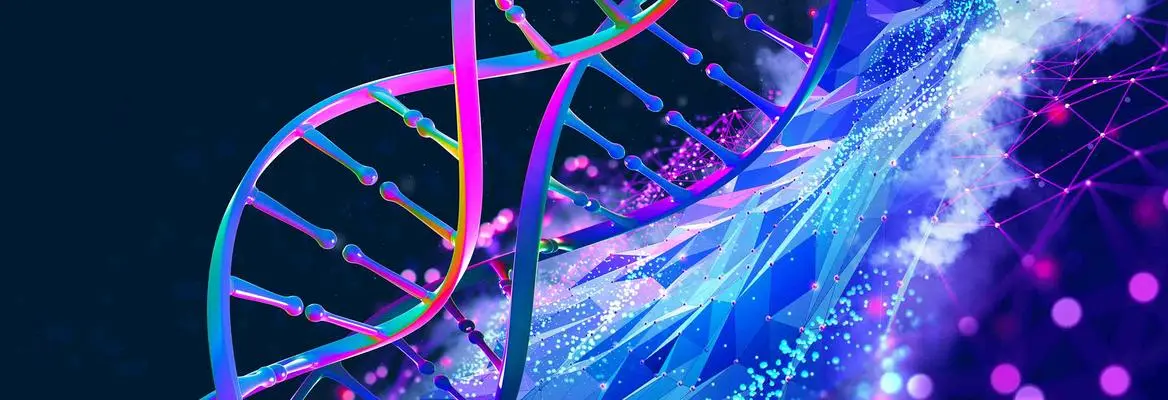




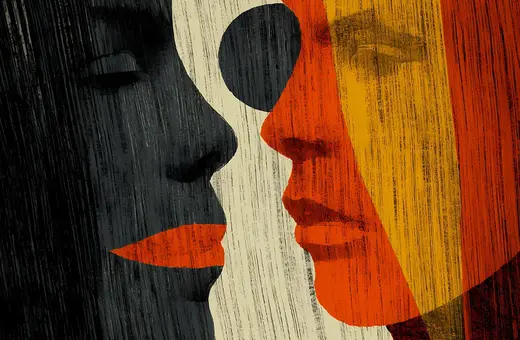
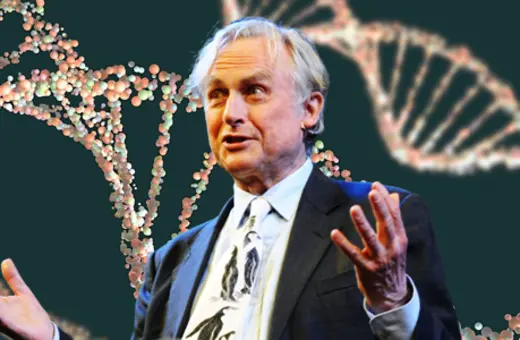
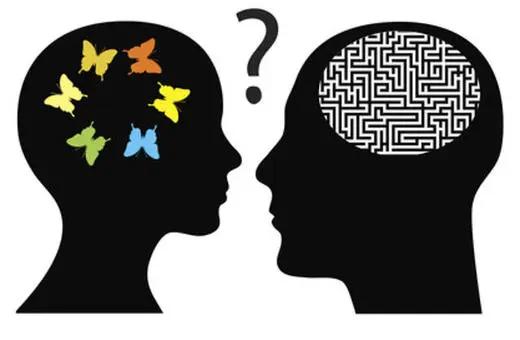
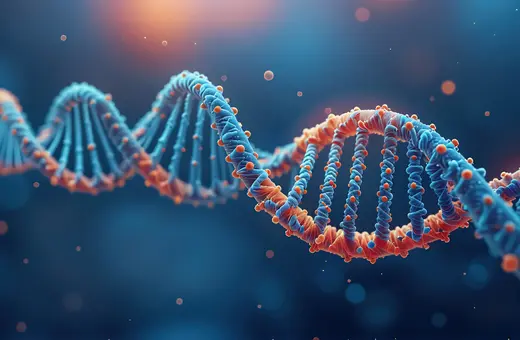



Join the conversation